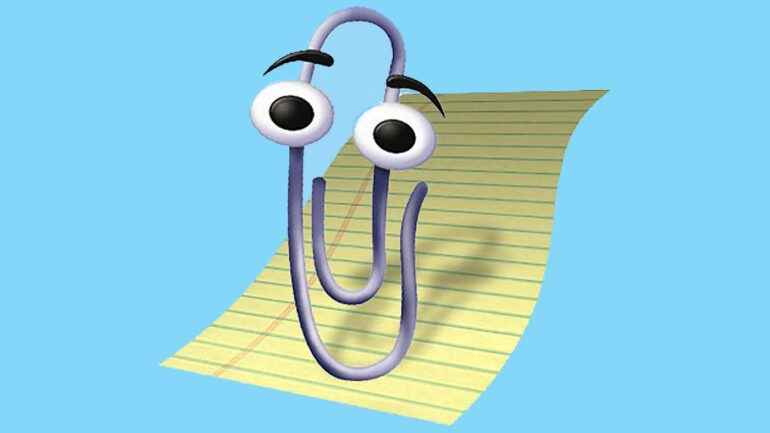TL;DR:
- Clippy, the Microsoft Office mascot, is back with a new AI-powered incarnation.
- Developer FireCube has resurrected Clippy using OpenAI’s GPT-3.5 large language model.
- The revived mascot, known as “Clippy by FireCube,” offers quick chat access and nostalgia.
- This resurgence showcases the power of AI technology in reviving iconic characters.
- There is a possibility of copyright issues and potential action from Microsoft.
- The return of Clippy raises questions about AI threat mitigation and the future of digital assistants.
Main AI News:
Clippy, the beloved and controversial Microsoft Office mascot, has made a triumphant return, now more powerful than ever before. Initially introduced in 1997, this anthropomorphic paperclip, known as Clippit or Clippy, left its role as the divisive “office assistant” back in 2001. In a surprising turn of events, Microsoft briefly revived Clippy in 2019, only to retire it once again on the same day. However, Clippy has now been resurrected by developer FireCube, leveraging the impressive capabilities of OpenAI’s cutting-edge GPT-3.5 large language model (LLM).
Presenting “Clippy by FireCube (Not by Microsoft)”—a reincarnation of the infamous Clippit, now empowered by the OpenAI GPT 3.5 model. The product description of this revived mascot states, “Clippy can be pinned to the screen for quick access to chat or just be left for nostalgia.” It’s not merely a comeback; it’s the birth of SuperClippy, backed by the same technology that Microsoft had invested exorbitant amounts of money in, solidifying its stake in the AI landscape. The so-called “brand police” at Microsoft, who was once responsible for Clippy’s demise, is now inconsequential.
However, there remains the possibility that ClippyGPT’s popularity and potential financial success could provoke Microsoft to take legal action on copyright grounds and eliminate the digital assistant for the third time. Yet, should such an event occur, Microsoft might face a renewed public outcry, similar to the backlash witnessed during Clippy’s previous shutdown, as reported by The Verge.
While concerns about copyright infringement may arise, this development marks yet another intriguing chapter in Clippy’s character arc, teetering between inception, murder, resurrection, same-day demise, and now an AI-infused rebirth. It’s reminiscent of a plotline from “The Mummy,” leading us to reconsider the termination of this newly integrated AI-powered rendition of the iconic office helper. Perhaps we should adopt an approach of AI threat mitigation, recognizing the potential value and impact of this digital assistant.
We remain optimistic that AI Clippy, if returned to the digital underworld once again, would not harbor any ill will or seek revenge against its creator. Instead, it is crucial to acknowledge that there might be a different concern—what we could term the “Paperclip Problem”—that demands our attention and vigilance. As we navigate this new era of AI-driven assistance, let us contemplate the profound implications and responsibilities that arise from the resurrection of Clippy and the broader advancements in artificial intelligence.
Conclusion:
The return of Clippy in an AI-enhanced form signifies the potential impact of advanced technologies in reviving and reshaping familiar characters. The collaboration between FireCube and OpenAI’s GPT-3.5 demonstrates the capabilities of language models in breathing new life into beloved mascots. However, copyright concerns and potential actions from Microsoft highlight the complex legal landscape surrounding such endeavors. As businesses continue to explore AI-driven solutions, the revival of Clippy serves as a reminder of the need for careful consideration of copyright issues and responsible AI development.

